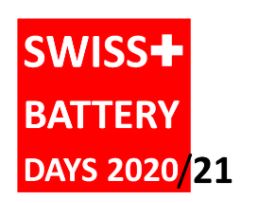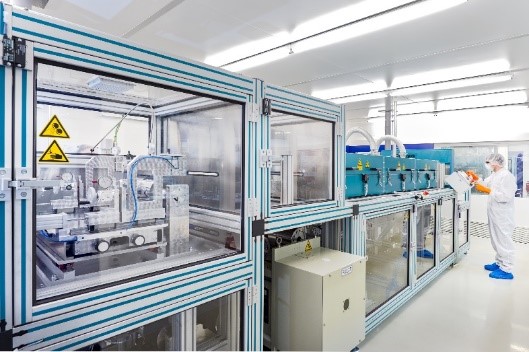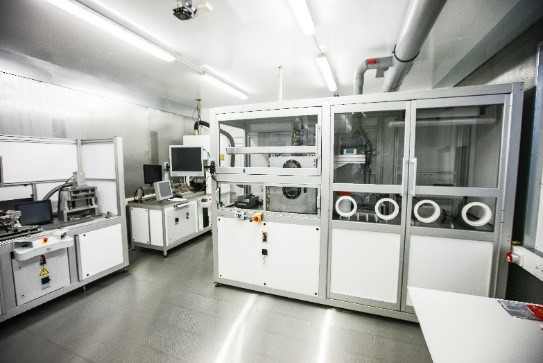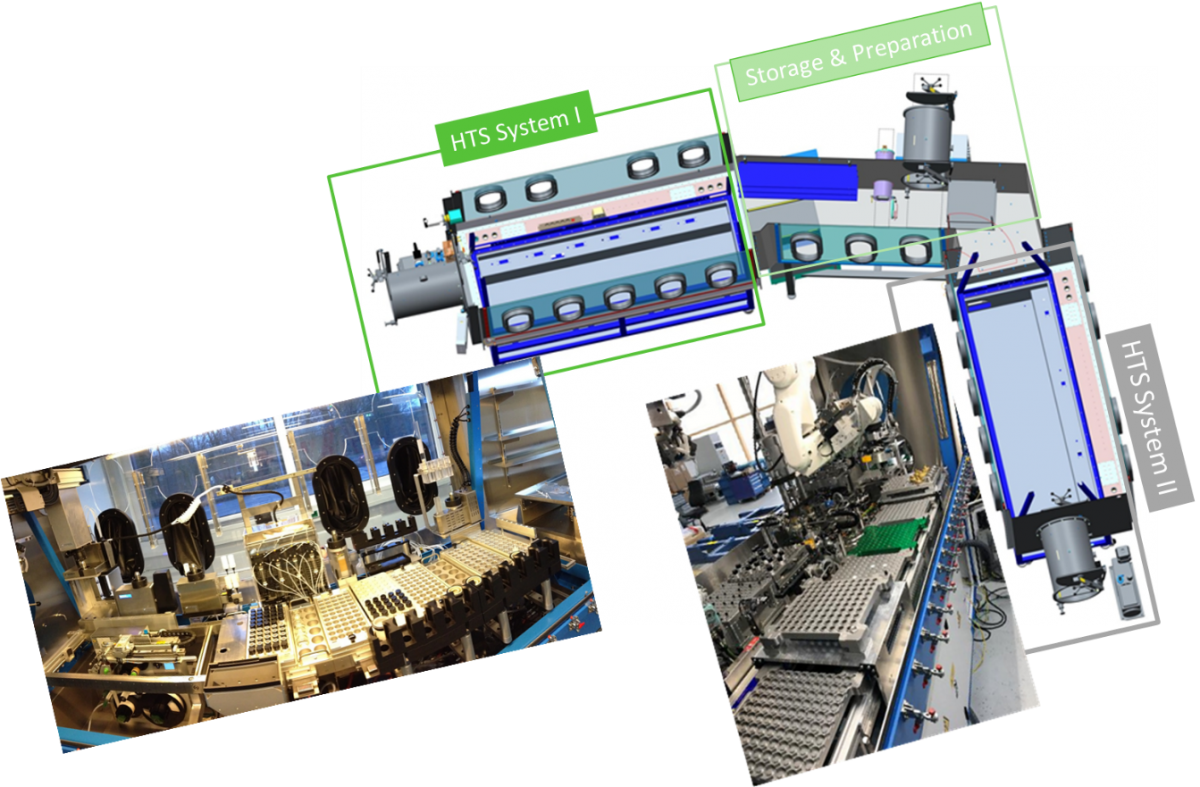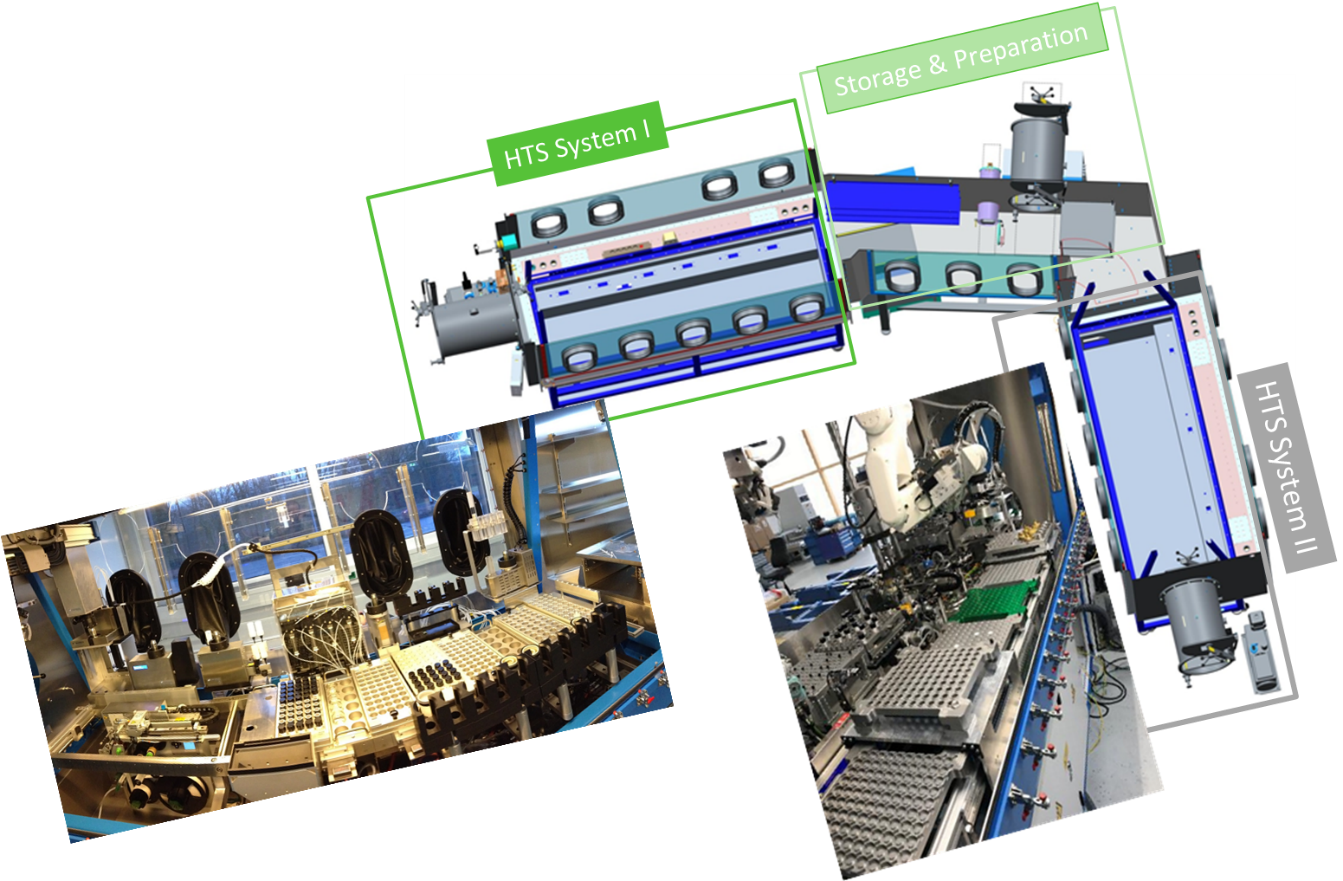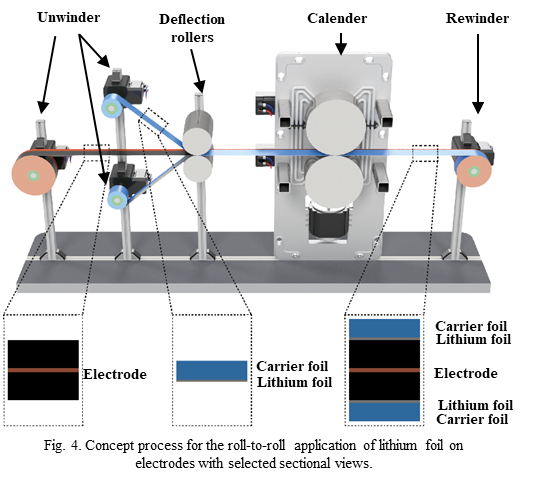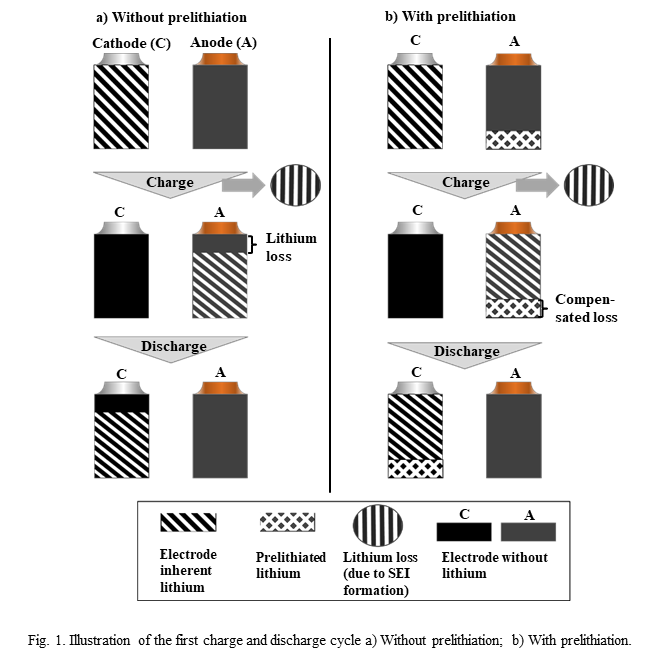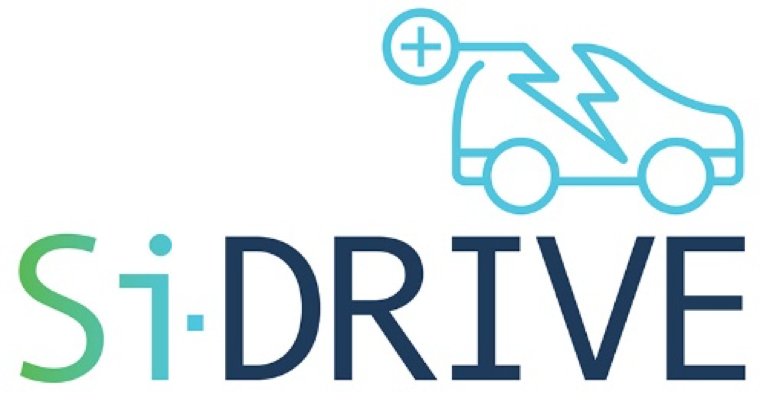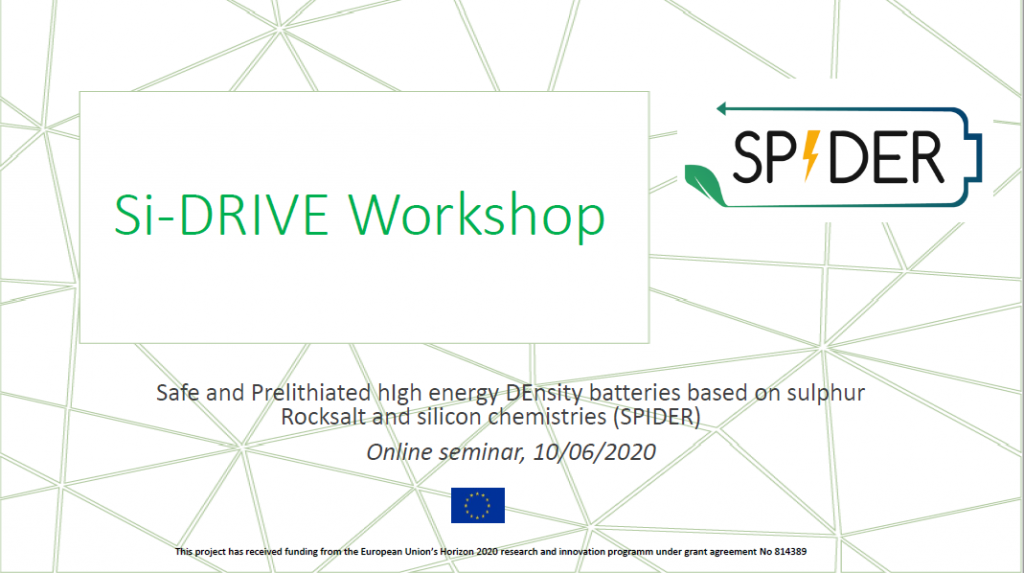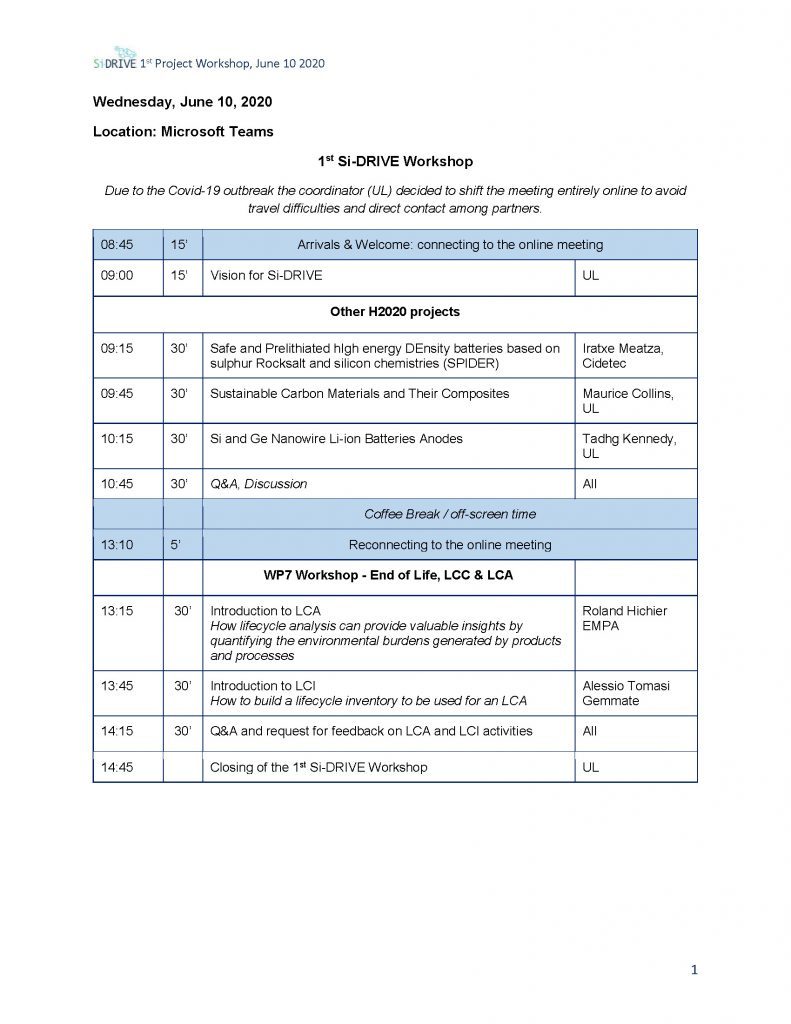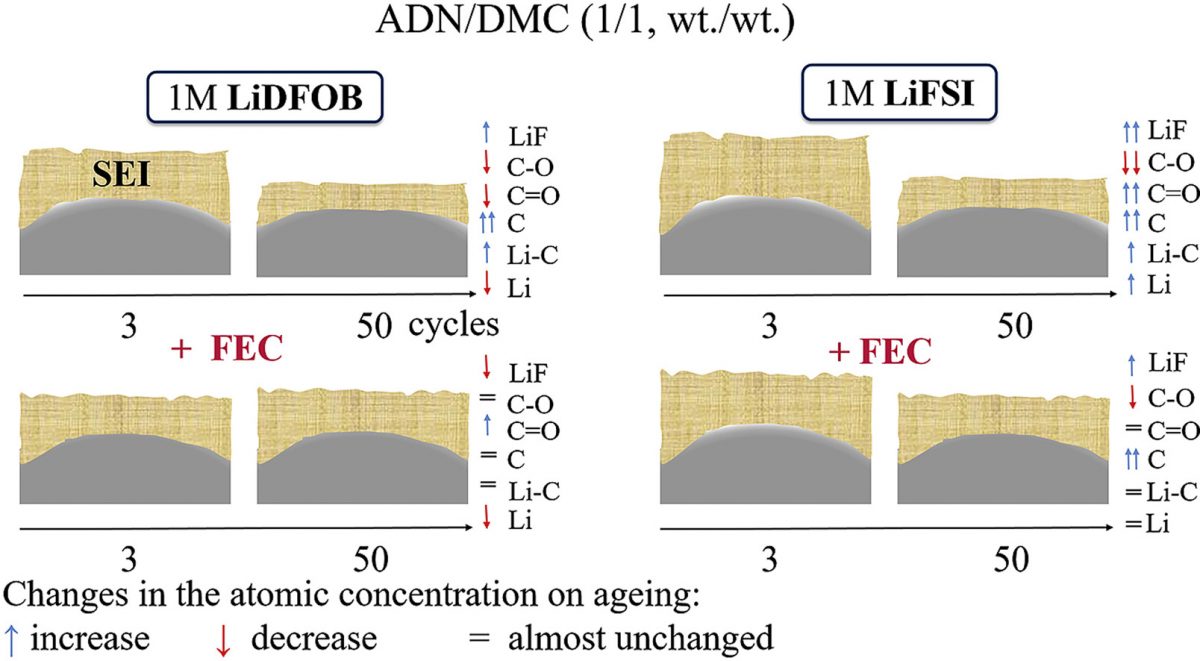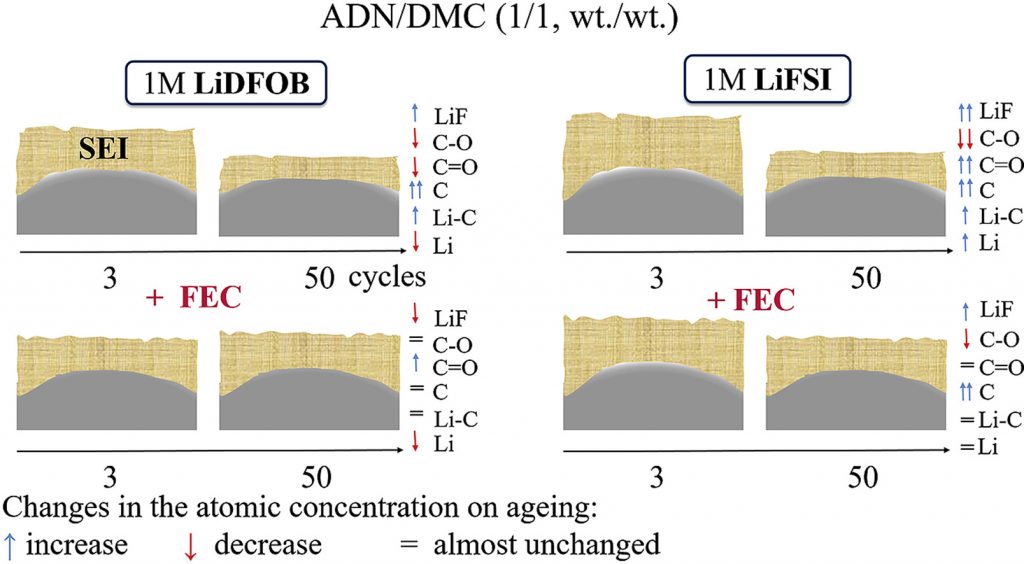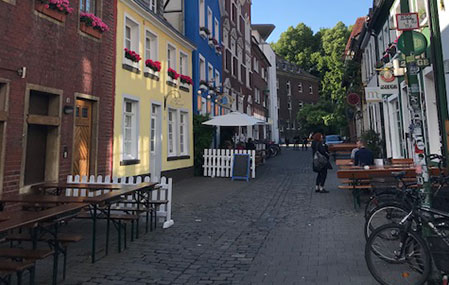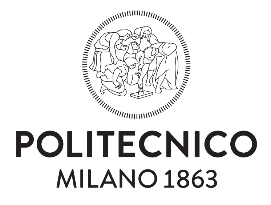
The Politecnico di Milano University (POLIMI) was established in 1863 and has approximately 40,000 students and 1,400 professors as permanent staff in its seven campuses, which makes it the largest institution in Italy for Engineering, Architecture and Industrial Design. POLIMI is ranked n°2 in the EU and n°20 in the world for Engineering and Technology as per QS ranking in 2021. In 2018, the Department of Energy has been awarded by the Ministry of Education, University and Research (MIUR) as “Department of Excellence” with a project specifically focusing on energy-related technologies. One main step has been the creation of a new research group with competence on the development of new-generation batteries, with a focus on materials development and characterization, hiring from other institutions three experts with a strong background in battery research including Prof. E. Paillard and Prof. Li and Prof. B. Bozzini.
The Electrochemical Energy Storage Materials Engineering Laboratory is progressively getting equipped and already possesses 104 battery cycler channels from 10 mA up to 20 A for testing cells within both WP4 (coin cells) and WP6 (pouch cells). Beside E. Paillard, Prof. Jie Li is involved in SPIDER as well as a PhD student, Jiajia Wan.

Main contact: Elie Paillard, POLIMI
After studies at National Polytechnic Institute of Grenoble (INPG, France), E. Paillard did his PhD thesis in LEPMI, INPG on ‘New Polymer Electrolyte for Lithium Battery’ obtained in 2008. He then did a 2 year post-doc in NC State University, USA on ionic liquid electrolytes for lithium batteries and supercapacitors before joining in 2010 the MEET Battery Research Center, in Münster, Germany. In 2014, he joined Helmholtz Institute Ulm, Germany, and in 2015, he started his own group in Helmholtz Institute Münster (FZJ), focusing on electrolyte development. He was involved as a PI in the following EU projects: SPICY, SPIDER, VIDICAT, BATTERY2030+. He joined POLIMI in 2020 as an associate professor. He co-authored > 72 scientific publications, 3 book chapters, 10 patents and has a h index (google) of 30.
Why have you chosen to get involved as WP4 leader?
WP4 deals with electrolyte development, which is one of my oldest interest in the battery field and absolutely crucial for Li-ion batteries, especially when dealing with challenging electrodes, be them high Ni cathodes or high Si anodes. While critical for performance in terms of sustained energy density (capacity losses via side reactions), power and fast charge (ionic transport through bulk electrolyte, interfaces and interphases), the electrolyte is also a main risk factor. Indeed, it is usually highly flammable and, together with the separator, contains several times more ‘potential energy release’ in case of combustion, than the electrical energy that the battery can deliver. It is why SPIDER aims at reducing the risk of organic electrolytes via the removal of the most volatile compounds and the engineering of interfaces, while maintaining practical performance for automotive applications. When I started being involved in SPIDER, FZJ and the MEET institute were sharing the use of a High Throughput Screening (HTS) equipment, set-up by my colleague Dr. Cekic-Laskovic. This is quite a futuristic robotized equipment, that can formulate 10’s of electrolyte formulations in a day and then automatically assemble cells for testing. Thus, it accelerates the optimization work that must be done for the practical tuning of the electrolytes, especially the ‘additive’ part, to a given cell configuration and chemistry. Besides, innovative concepts are also being investigated at POLIMI and the HTS could allow their rapid implementation. Having Solvay, Centro Ricerche Fiat and CIDETEC in support in the WP, as well as CEA for assessing the safety of the cells that include our electrolytes makes SPIDER a good environment in terms of electrolyte development with a good balance between innovation and optimization.
What do you take out from this WP?
So far, we managed to increase by more than 50% the cycle life each of the two first generations of battery cells at lab scale. Nevertheless, practical issues such as the availability of cells components for instance compatible separators can play a critical role in the transfer of laboratory results to larger cells. This needs to be considered as the sourcing of battery components can be time consuming, especially in regards to the project timeline. As for the other WPs, we had to deal with the COVID, which has been a hassle since electrolyte development requires time in the lab.
What are your expectations from the SPIDER project?
I hope that the advances made in other WPs can be transferred into WP4 as prelithiation, for instance, could allow for a greater flexibility in terms of electrolyte development, for instance by lowering the requirements in terms of first cycle efficiency, which is a main constrain for electrolytes. I hope that the tasks that were launched recently within WP4 will lead to scientific advances that would complement nicely the more ‘technological’ progresses made so far and that science and technology will meet for the last generation of SPIDER cells and allow, in the meantime, to generate new IP that could be used in the booming EU Li-ion sector.

